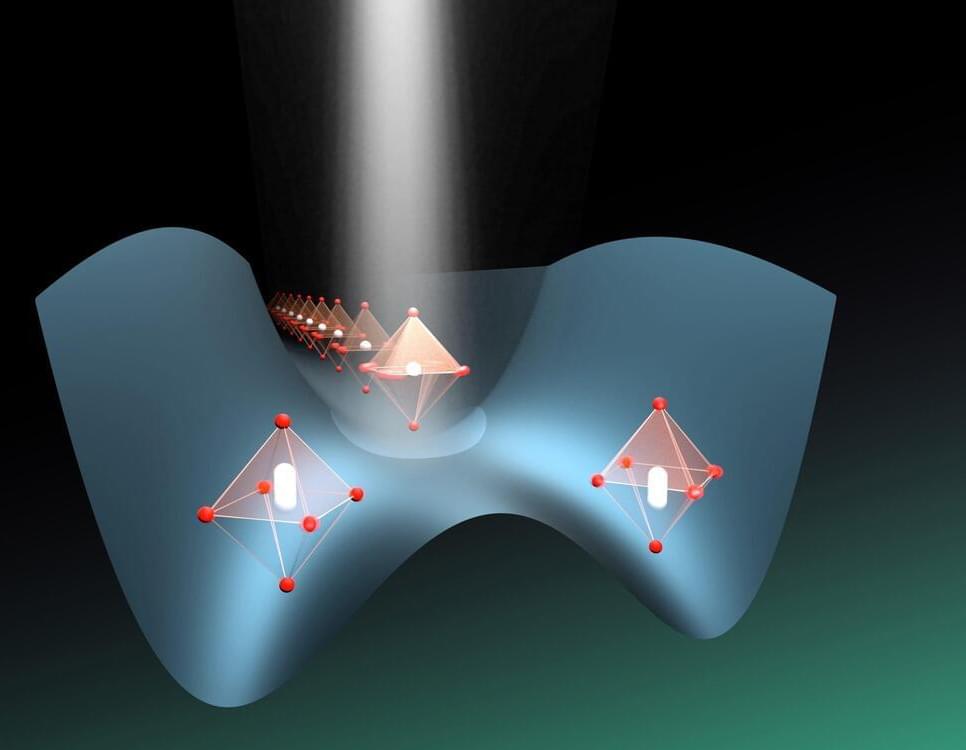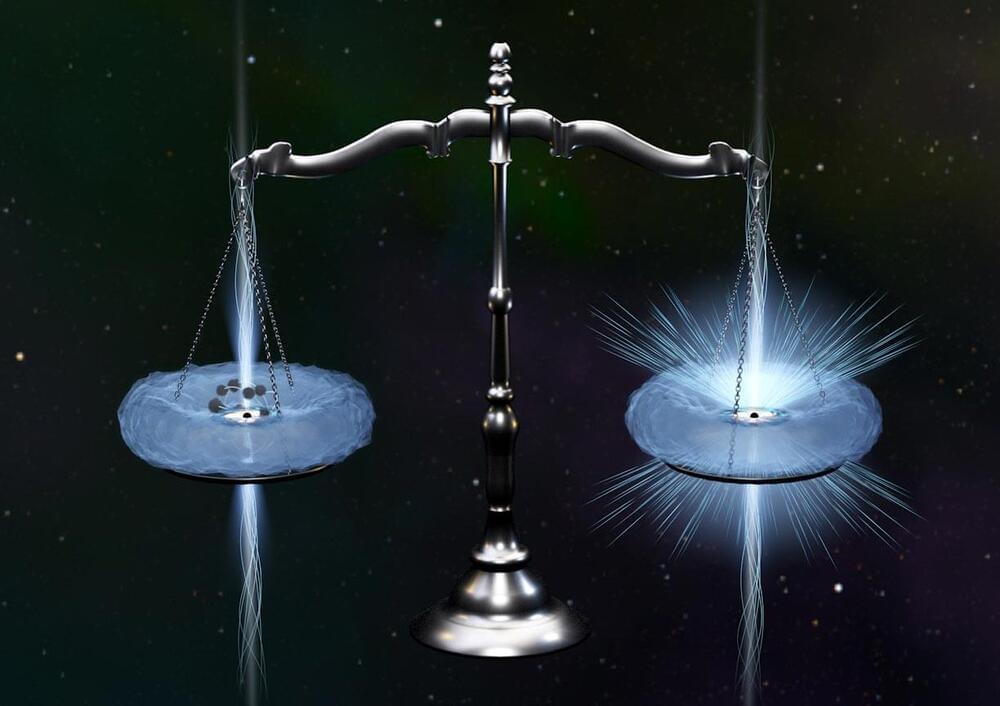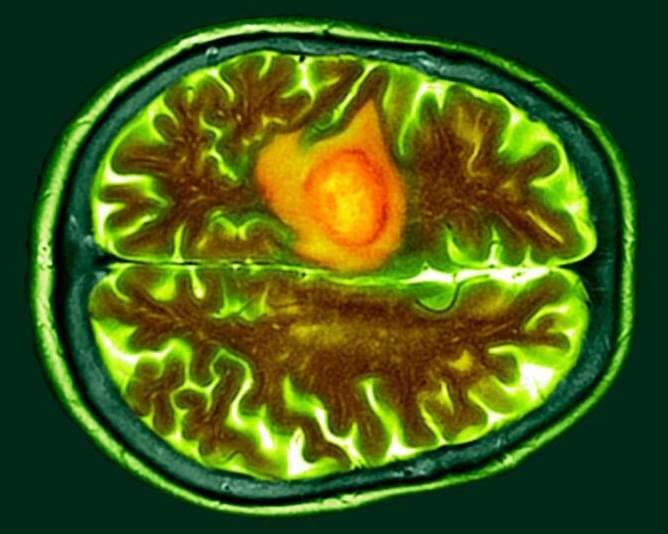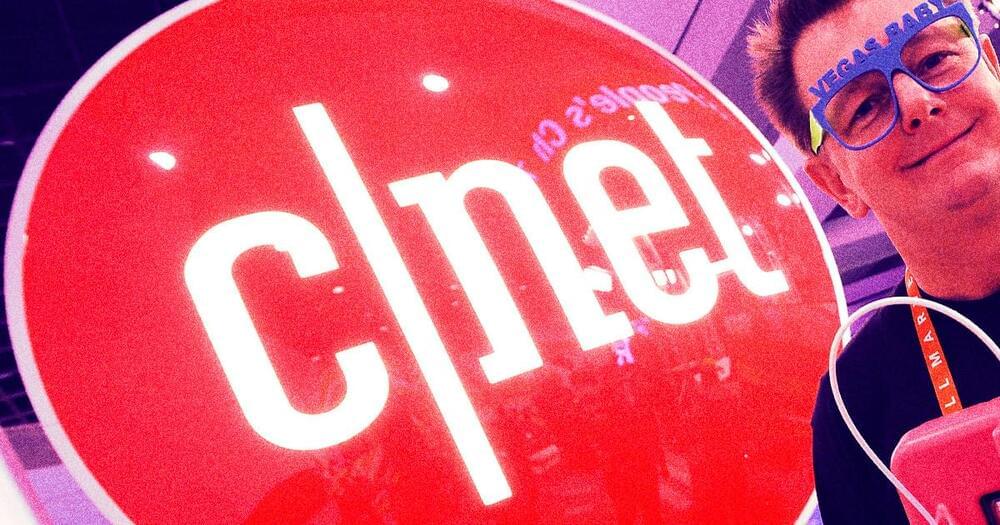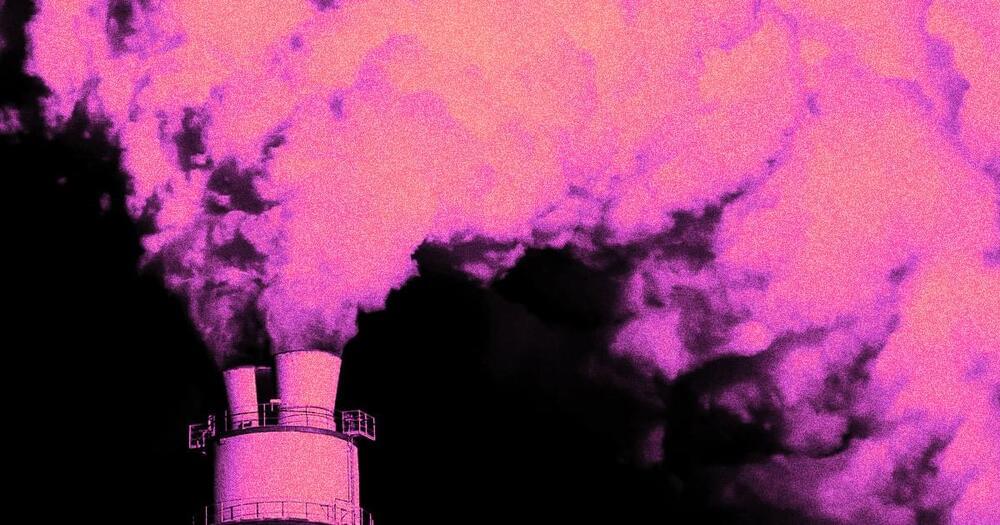Mid-infrared and terahertz laser pulses serve as potent instruments for altering the characteristics of quantum materials by specifically tailoring their crystal lattice. The induction of ferroelectricity in SrTiO3 when exposed to mid-infrared light is a significant example of this phenomenon. In this process, SrTiO3 undergoes a change to a state where electrical dipoles are permanently aligned, a condition not found in its natural state of equilibrium. The process driving this remarkable transformation remains a mystery.
Now, a team of researchers of the Max Planck Institute for the Structure and Dynamics of Matter (MPSD) in Germany and the SLAC National Accelerator Laboratory in the United States has performed an experiment at the SwissFEL X-ray Free-Electron Laser to identify the intrinsic interactions relevant to creating this state. The new insight was gained not by detecting the position of the atoms, but by measuring the fluctuations of these atomic positions.
The result provides evidence that these fluctuations are reduced, which may explain why the dipolar structure is more ordered than in equilibrium, and why a ferroelectric state could be induced. The work by the Cavalleri group has appeared in Nature Materials.
